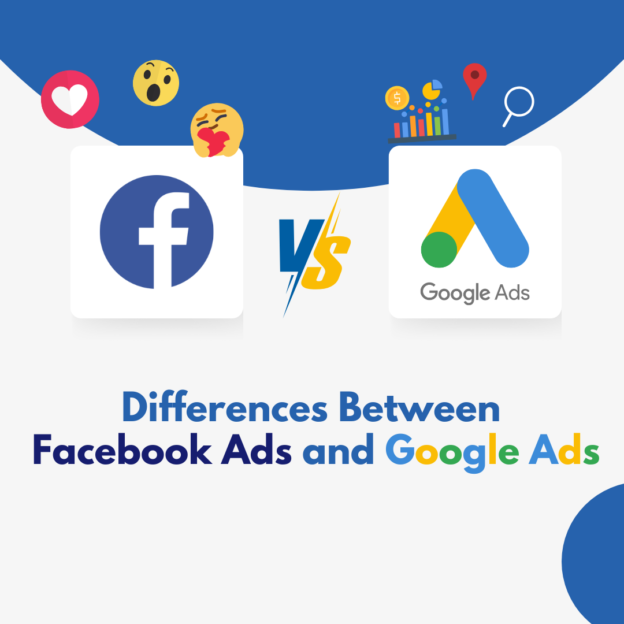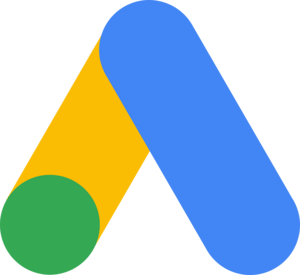Differences Between Facebook Ads and Google Ads

What is Facebook Ads
Facebook Ads is an online advertising platform that allows businesses and individuals to create ads displayed across Meta’s network, including Facebook, Instagram, Messenger, and Audience Network. This extensive network reaches a vast global audience, enabling advertisers to connect with users through various formats and placements.
What is Google Ads
Google Ads is an online advertising platform by Google that enables businesses and individuals to create ads displayed across Google's network, including Google Search, YouTube, Google Display Network, Google Shopping, and Google Maps. Ads can appear in various formats, such as text, images, and videos, depending on the campaign objective and ad placement.
Differences Between Facebook Ads and Google Ads
Facebook Ads and Google Ads differ in several key aspects, including platforms, functionality, targeting methods, and ad formats:
1. Platform and Usage
- Facebook Ads: Advertisements are displayed across Meta's network, including Facebook, Instagram, Messenger, and Audience Network, focusing on placements such as news feeds, videos, stories, and posts with images and videos.
- Google Ads: Advertisements appear on Google’s network, including Search, Display Network, YouTube, and Gmail, with a primary focus on ads appearing in search results and various websites within the network
2. Targeting
- Facebook Ads: Focuses on audience-based targeting using demographics, interests, behaviors, and user data, such as age, gender, interests, and life events (e.g., getting married or having a baby).
- Google Ads: Emphasizes keyword-based targeting, along with remarketing and demographic data. However, targeting through keywords remains its core strength.
3. Advertising Objectives
- Facebook Ads: Ideal for building brand awareness, driving engagement, and generating interest at the early stages of the customer journey.
- Google Ads: Best suited for driving conversions in the later stages, such as purchases, form submissions, or phone calls, particularly for users actively searching for products or services.
4. Ad Formats
- Facebook Ads: Offers visually engaging and creative formats such as image ads, video ads, slideshows, collections, and carousel ads.
- Google Ads: Provides various formats, including text ads (Search Ads), image ads (Display Ads), video ads (YouTube Ads), and Shopping Ads for e-commerce businesses.
5.Cost and Bidding
- Facebook Ads: Costs are typically based on Cost Per Click (CPC) or Cost Per 1,000 Impressions (CPM), which are generally lower in the beginning. However, strategic bidding may be required to effectively reach the target audience.
- Google Ads: Costs are influenced by the popularity of the keywords, with some keywords being more expensive, especially in highly competitive industries such as insurance, healthcare, and law.
6. Key Performance Indicators (KPIs)
- Facebook Ads: Focuses on Engagement, Reach, Impressions, and Video Views.
- Google Ads: Focuses on Click-Through Rate (CTR), Conversion Rate, Quality Score, and Return on Investment (ROI).
Which to Choose?
- If you want to build brand awareness and foster customer relationships: Facebook Ads
- If you want to target users who are actively interested in products or services immediately: Google Ads




